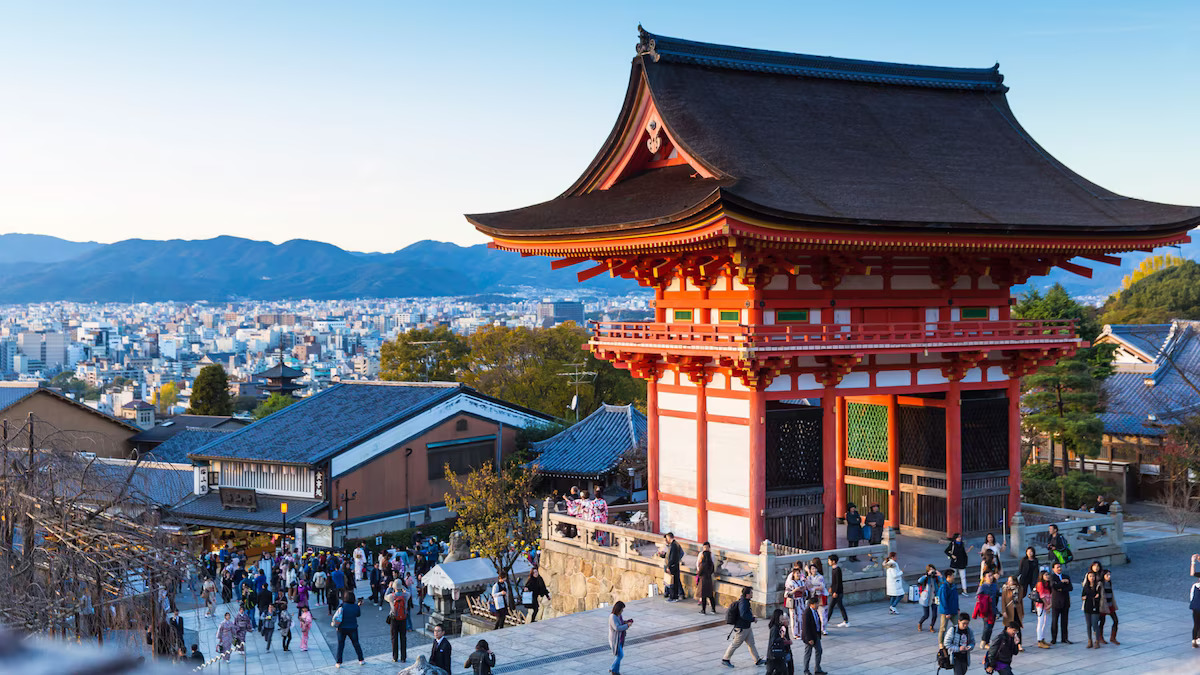Kyoto, Japan is a city where ancient tradition meets timeless beauty. Once the imperial capital of Japan for over a millennium, Kyoto has preserved its historic charm through centuries of modernization. From the quiet stillness of Zen gardens and the spiritual depth of centuries-old temples to the elegance of geisha culture and the fleeting beauty of cherry blossoms, Kyoto offers a deeply immersive travel experience that resonates with all types of visitors. Whether you’re a history lover, nature enthusiast, or cultural explorer, Kyoto’s unique blend of tradition and grace makes it a must-visit destination in Japan.
This Kyoto, Japan travel guide covers everything from key attractions and seasonal highlights to cultural experiences and practical tips. Let this guide help you discover why Kyoto remains one of the most beloved destinations in the world.
Traditional Temples of Kyoto: A Journey into Japan’s Spiritual Heritage
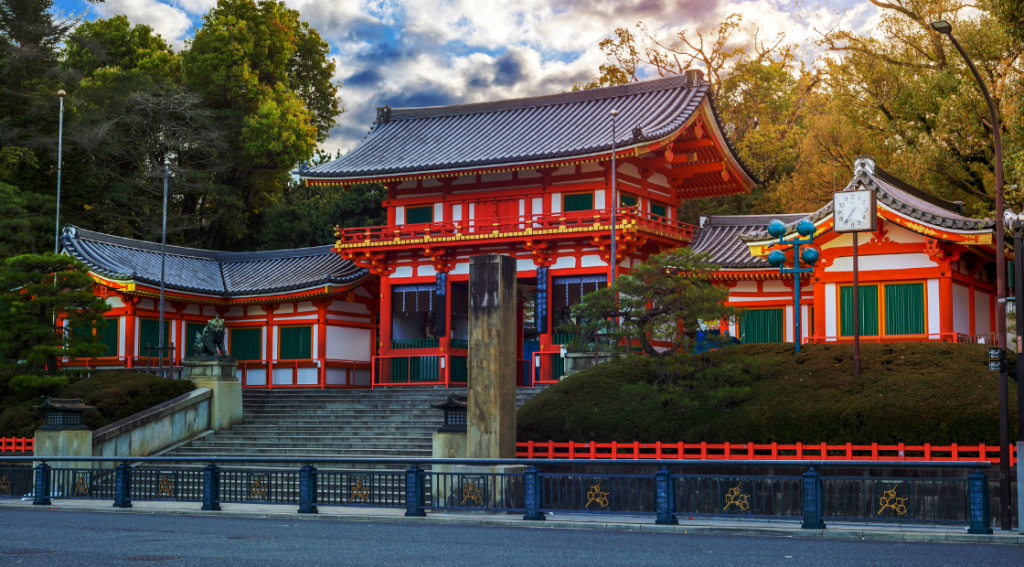
Kyoto is home to more than 1,600 Buddhist temples and 400 Shinto shrines, making it one of the most culturally and spiritually significant cities in Japan. These sacred sites are not just places of worship—they are architectural masterpieces that reflect centuries of craftsmanship, artistry, and religious devotion.
Among Kyoto’s most iconic landmarks is Kinkaku-ji, also known as the Golden Pavilion. This Zen temple, covered entirely in gold leaf, is situated beside a serene pond that mirrors the structure beautifully. It’s particularly breathtaking in the autumn months, when red and orange maple leaves frame the golden reflection.
Another must-visit site is Kiyomizu-dera, located in the Higashiyama district. Built without the use of nails, its massive wooden stage overlooks the city and provides some of the best views in Kyoto, especially during the cherry blossom and fall foliage seasons. The temple is also known for its Otowa Waterfall, where visitors drink from streams that are said to bring health, success, and love.
Cherry Blossoms in Kyoto: A Natural Masterpiece in Spring
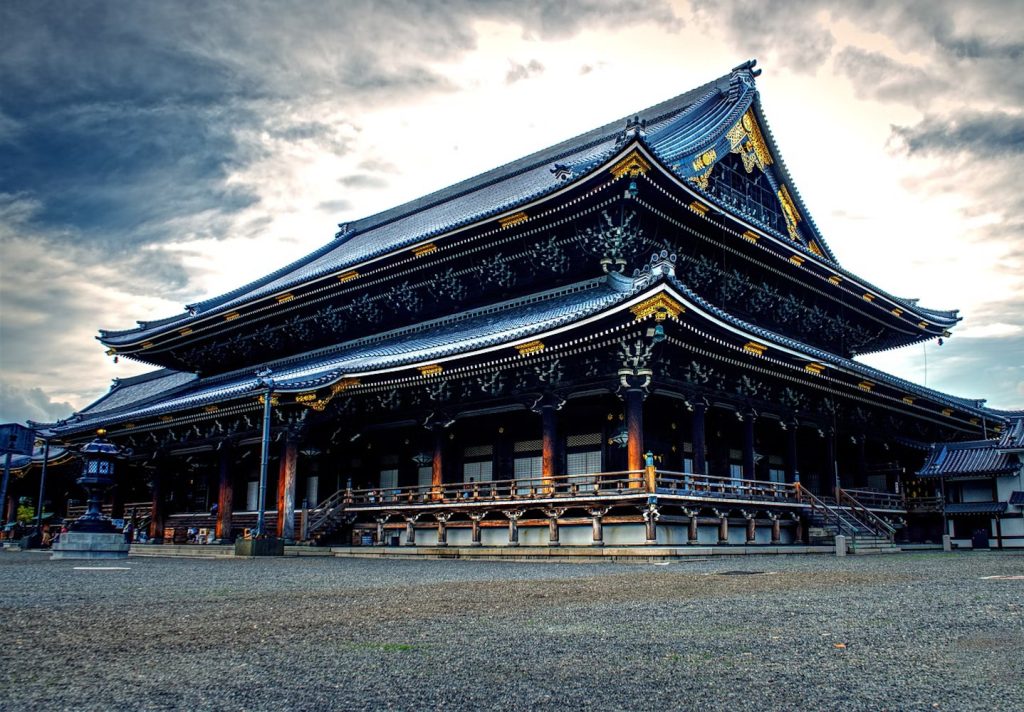
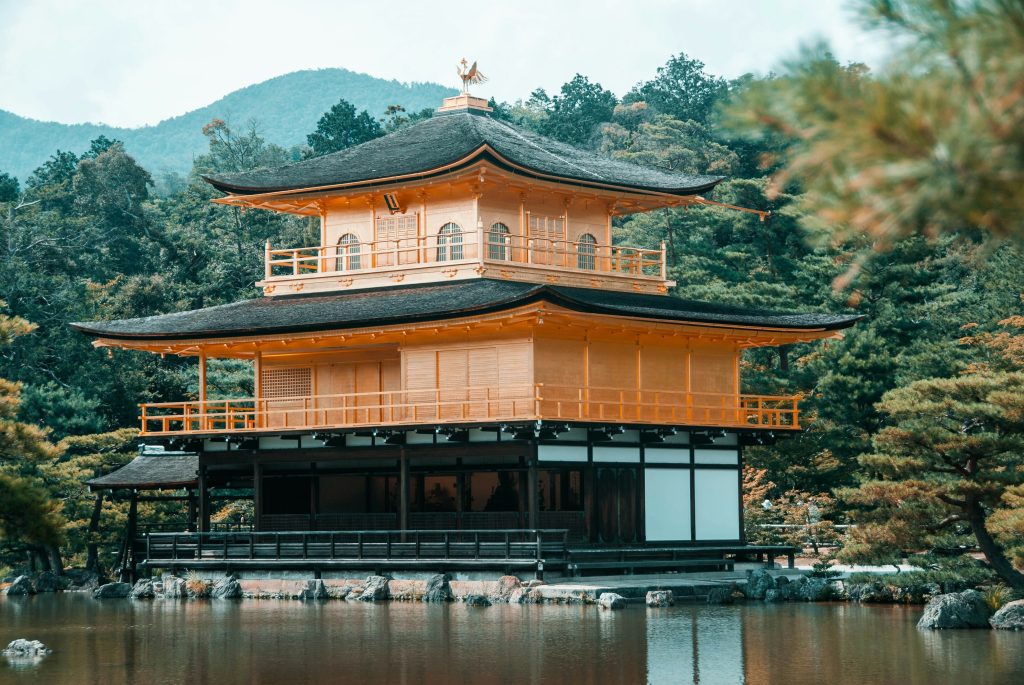
Cherry blossoms, or sakura, are a national symbol of beauty and impermanence in Japan. Kyoto is widely regarded as one of the best places in the country to witness this seasonal phenomenon. From late March to early April, the city transforms into a sea of soft pink as thousands of cherry trees bloom along rivers, parks, temples, and streets.
One of the most popular cherry blossom viewing spots is Maruyama Park, located near Yasaka Shrine in the Gion area. The park’s iconic weeping cherry tree, illuminated at night, draws large crowds and creates a magical atmosphere. Families and friends gather here for hanami—flower viewing picnics—under the blossoms, celebrating the arrival of spring.
The Philosopher’s Path offers a more tranquil setting. This stone walkway follows a canal lined with hundreds of cherry trees, connecting Ginkaku-ji to Nanzen-ji. It is named after a Kyoto University philosopher who walked this path daily in contemplation.
Geisha Culture in Gion: Preserving the Elegance of Old Kyoto
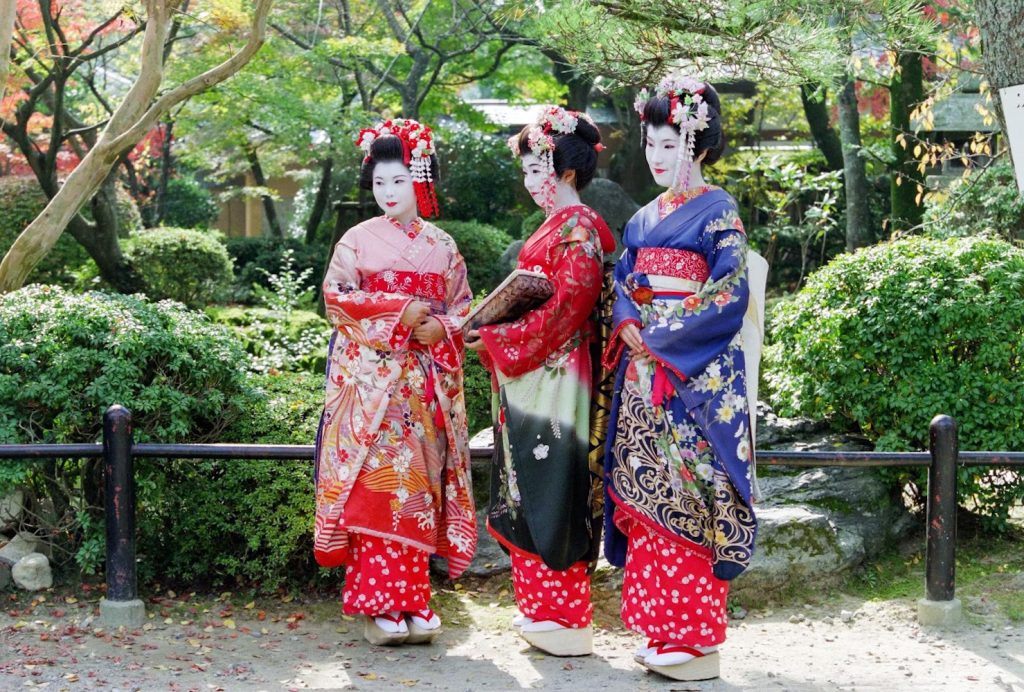
Kyoto is the heart of geisha culture in Japan. Known locally as geiko, these women are skilled artists trained in traditional Japanese music, dance, and hospitality. Unlike popular misconceptions, geishas are cultural performers who preserve centuries-old art forms and represent one of Japan’s most refined traditions.
The Gion district is Kyoto’s most famous geisha neighborhood. Its narrow streets are lined with wooden machiya houses, tea houses, and lantern-lit alleys that seem frozen in time. In the early evening, it’s possible to catch a glimpse of a geiko or a maiko (an apprentice geisha) on her way to an appointment, elegantly dressed in silk kimono with traditional hairstyles and white face makeup.
For those interested in experiencing geisha culture respectfully, Gion Corner offers performances where travelers can watch geiko and maiko demonstrate traditional arts such as kyo-mai (Kyoto-style dance), tea ceremony, flower arrangement, and more. Private geisha dinners and cultural experiences are also available through licensed travel agencies, though they tend to be more expensive.
Serene Gardens of Kyoto: Harmony Between Nature and Design

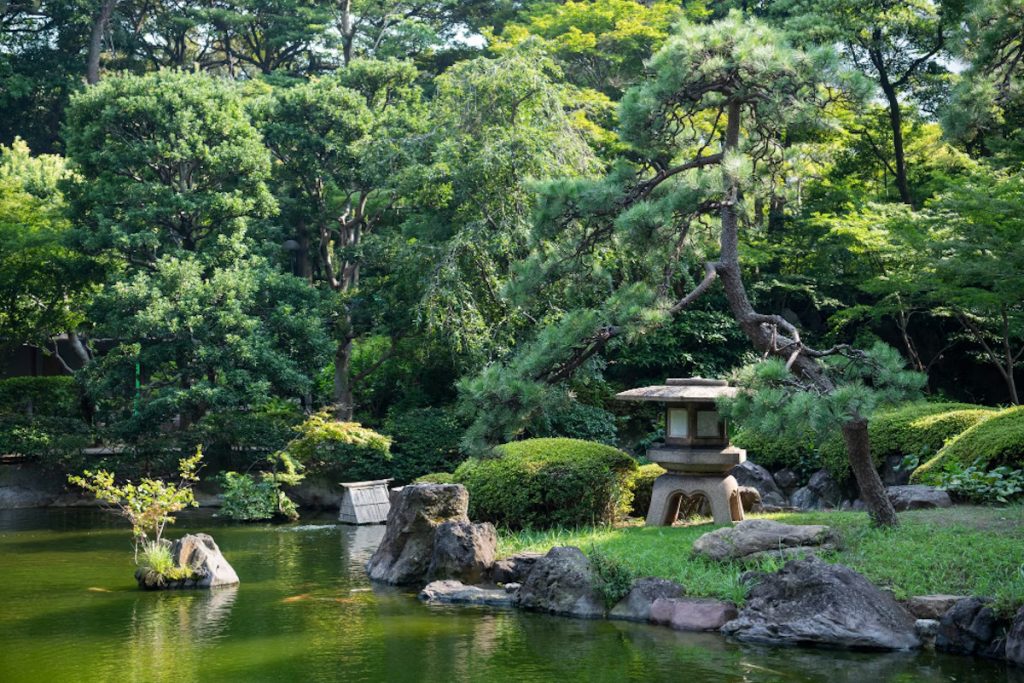
Kyoto’s gardens are more than just beautiful spaces—they are thoughtful expressions of Japanese philosophy and aesthetics. Designed to reflect harmony, simplicity, and natural beauty, these gardens provide a quiet refuge from the busy world and an opportunity for mindfulness and reflection.
One of the most exceptional examples is the garden at Katsura Imperial Villa. Built in the 17th century, it represents the pinnacle of Japanese stroll garden design. The garden leads visitors along a path of carefully curated views that blend architecture, water, and nature seamlessly.
Tenryu-ji, located in Arashiyama, features a garden that blends naturally into the surrounding mountains. The central pond, framed by rocks and seasonal flora, reflects the changing beauty of nature throughout the year. Nearby, the Arashiyama Bamboo Grove adds to the area’s serene atmosphere, with towering bamboo stalks swaying gently overhead.
Cultural Experiences and Local Tips for a Deeper Visit

In addition to sightseeing, Kyoto offers a range of cultural experiences that allow visitors to connect more personally with Japanese traditions. Participating in these activities provides a deeper understanding of the values that shape Japanese life.
One of the most enriching experiences is taking part in a traditional tea ceremony. Several places, such as Camellia Tea Ceremony near Ninenzaka or En Tea Experience, provide guided sessions where visitors learn about the rituals, philosophy, and aesthetics behind this ancient art.
Kimono rental shops throughout Kyoto offer the opportunity to dress in traditional Japanese attire. Exploring the city’s historic districts in a kimono adds another layer of cultural immersion and makes for memorable photos.
Nishiki Market, often called Kyoto’s kitchen, is a vibrant marketplace where visitors can sample local foods such as matcha sweets, pickled vegetables, yuba (tofu skin), and fresh seafood. It’s also a great place to shop for handmade crafts and culinary tools.
Conclusion: Why Kyoto Remains Japan’s Cultural Soul
Kyoto stands apart as a city where the past and present coexist in beautiful balance. It is a place where you can hear the silence of a Zen garden, see the delicate movement of a geisha, smell the incense of a temple, and taste the subtle flavors of traditional cuisine—all within a single day.
Whether you are admiring cherry blossoms in full bloom, walking through bamboo groves, or sipping matcha in a centuries-old tea house, Kyoto offers experiences that connect you to something deeper. It teaches the beauty of slowness, the value of tradition, and the importance of observing rather than rushing.
This Kyoto, Japan travel guide is just the beginning of your journey. The city’s depth cannot be fully captured in words alone—it must be felt, lived, and remembered.

